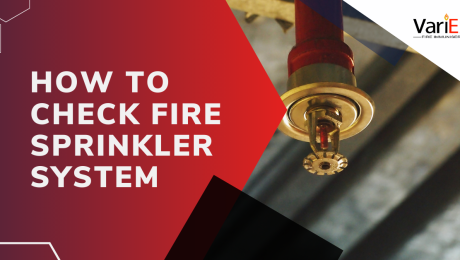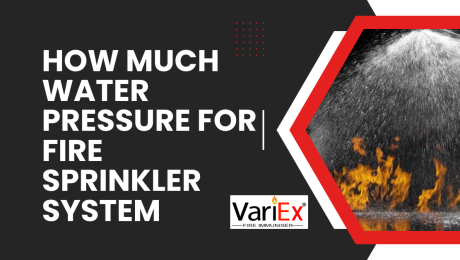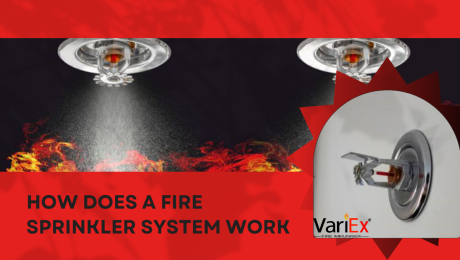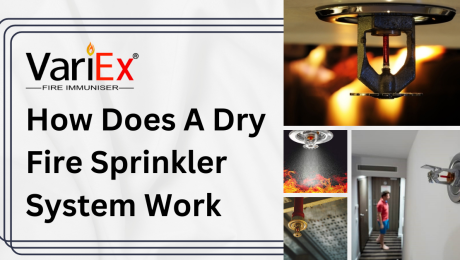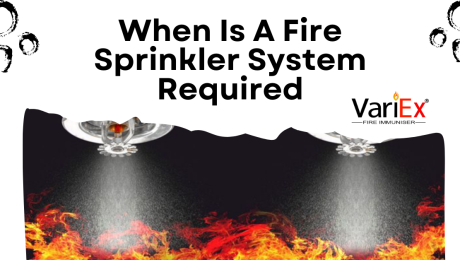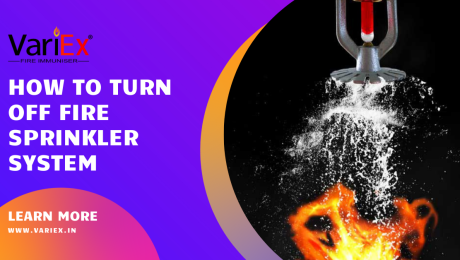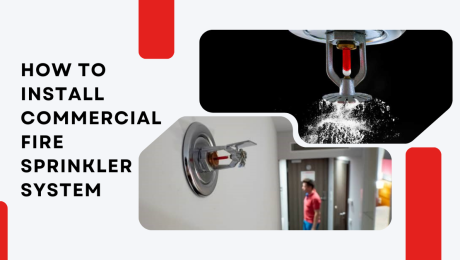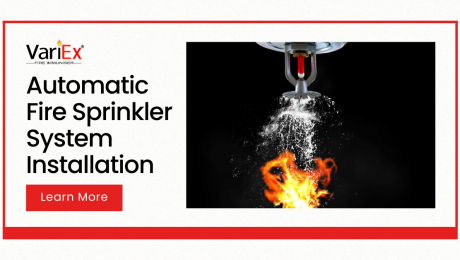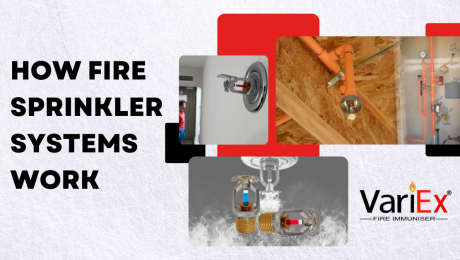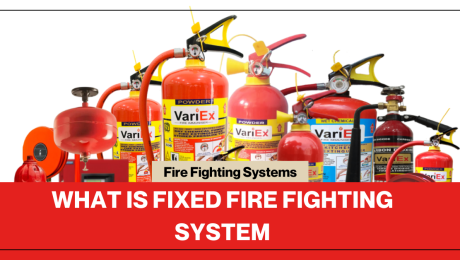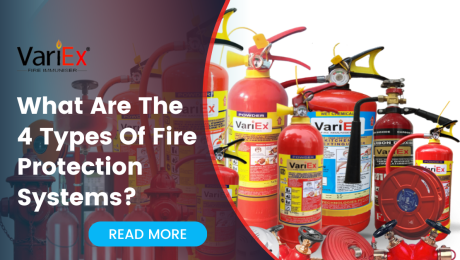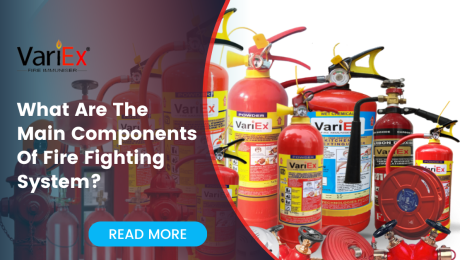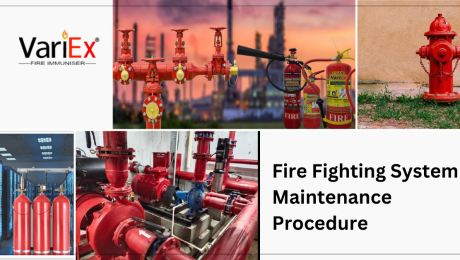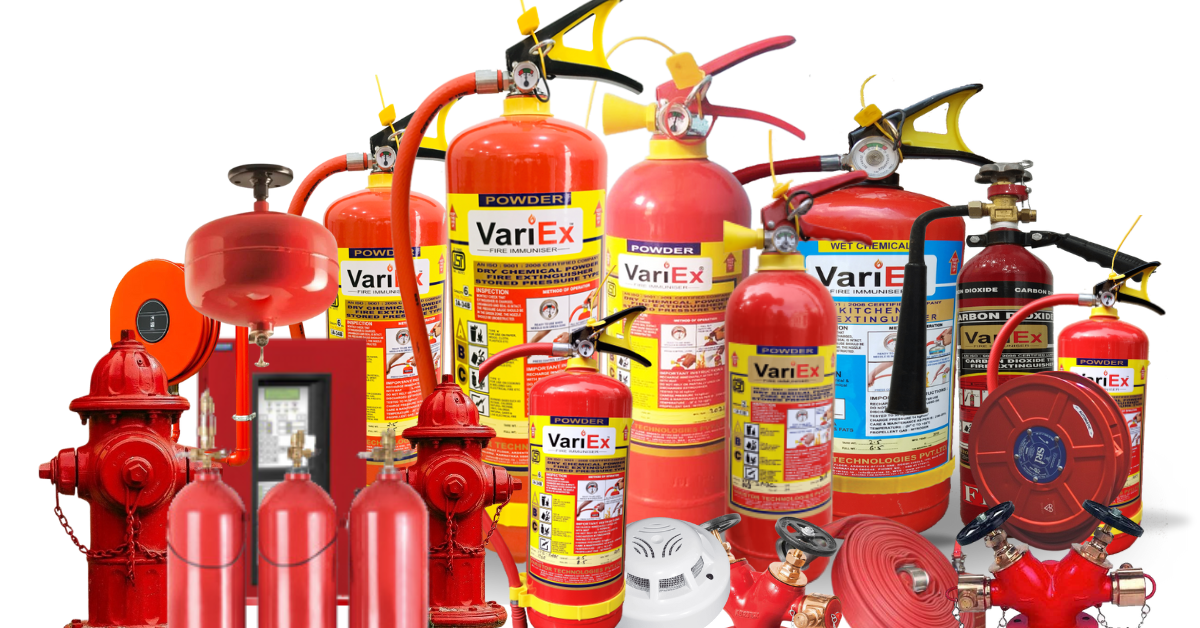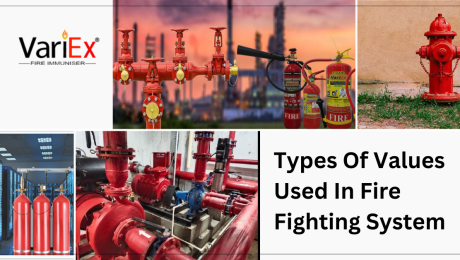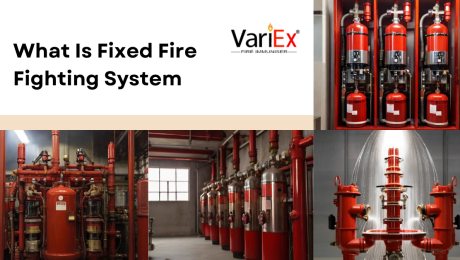Fire Sprinkler System are integral components of comprehensive fire protection strategies, playing a crucial role in minimizing the impact of fire incidents. These systems are designed to automatically detect and control fires, preventing the rapid spread of flames and providing valuable time for evacuation.
Key Features:
- Automatic Activation:
- Fire Sprinkler System activate automatically upon detecting heat or flames, swiftly addressing the source of the fire.
- Versatility:
- Suitable for various settings, including residential, commercial, and industrial spaces.
- Customizable to specific environments and fire risks.
- Quick Response:
- Sprinklers respond rapidly, controlling and suppressing the fire before it intensifies.
- Significantly reduces property damage and protects lives.
- Heat-Sensitive Technology:
- Advanced heat-sensitive technology ensures precise and targeted water distribution.
- Minimizes water usage while effectively combating fires.
Benefits:
- Life and Property Safety:
- Fire Sprinkler Systems provide an immediate response, safeguarding occupants and assets.
- Reduced Fire Damage:
- Swift activation minimizes fire damage, reducing the financial impact on property owners.
- Insurance Premiums:
- Installation of Fire Sprinkler Systems may lead to reduced insurance premiums, reflecting a commitment to fire safety.
Conclusion: Investing in a Fire Sprinkler System is a proactive measure toward ensuring the safety of occupants and protecting valuable assets. These systems offer reliable and effective fire suppression, making them indispensable components of any robust fire safety plan. Whether for a residence, business, or industrial facility, Fire Sprinkler Systems provide peace of mind by swiftly and automatically responding to potential fire threats.
How To Check Fire Sprinkler System
- Published in Fire Sprinkler System
How Much Water Pressure For Fire Sprinkler System
- Published in Fire Sprinkler System
How Does A Fire Sprinkler System Work
- Published in Fire Sprinkler System
How Does A Dry Fire Sprinkler System Work
- Published in Fire Sprinkler System
When Is A Fire Sprinkler System Required
- Published in Fire Sprinkler System
How To Turn Off Fire Sprinkler System
- Published in Fire Sprinkler System
How To Install Commercial Fire Sprinkler System
- Published in Fire Sprinkler System
Automatic Fire Sprinkler System Installation
- Published in Fire Sprinkler System
How Fire Sprinkler Systems Work
- Published in Fire Fighting System, Fire Sprinkler System
What Is Fixed Fire Fighting System
What Are The 4 Types Of Fire Protection Systems?
What Are The Main Components Of Fire Fighting System?
Fire Fighting System Maintenance Procedure
Regular maintenance of fire fighting systems is essential to ensure their continued functionality and reliability in the event of a fire emergency. This guide outlines the key procedures involved in maintaining fire suppression systems to mitigate risks and protect lives and property.
1. Scheduled Inspections:
- Conduct scheduled inspections of all components of the fire fighting system, including control panels, piping, nozzles, detectors, fire alarms system, and fire extinguishers.
- Inspections should be performed by qualified technicians according to manufacturer guidelines and regulatory requirements.
2. Functional Testing:
- Perform functional tests of the entire fire fighting system to verify proper operation and response.
- Test alarms, detectors, and suppression equipment to ensure they activate as intended.
- Simulate fire scenarios to assess the system’s effectiveness in detecting and suppressing fires.
3. Inspection of Components:
- Inspect piping, valves, and nozzles for signs of corrosion, leaks, or damage.
- Check detectors and alarms for proper positioning, cleanliness, and functionality.
- Verify that control panels and electrical connections are secure and free from defects.
Types Of Valves Used In Fire Fighting System
In the realm of fire safety, the effectiveness of fire fighting systems relies heavily on the proper functioning of various valves. These valves play a critical role in controlling the flow of water, directing it to the areas where it’s needed most during fire suppression efforts. This article delves into the different types of valves used in fire fighting systems, highlighting their functions and importance in ensuring swift and effective response to fires.
What Is Fixed Fire Fighting System
A fixed fire fighting system refers to a comprehensive fire suppression system installed in a building or an industrial facility. It is designed to automatically detect and extinguish fires in their early stages without human intervention. This system typically consists of a combination of sensors, detectors, valves, pipes, and nozzles strategically placed throughout the area to provide effective fire protection. Examples of fixed fire fighting systems include sprinkler systems, gas suppression systems, water mist systems, and foam systems. These systems are crucial in preventing the rapid spread of fire and minimizing damage to property, as well as ensuring the safety of occupants and employees. It is essential to regularly inspect, maintain, and test these systems to ensure their proper functioning when needed.


